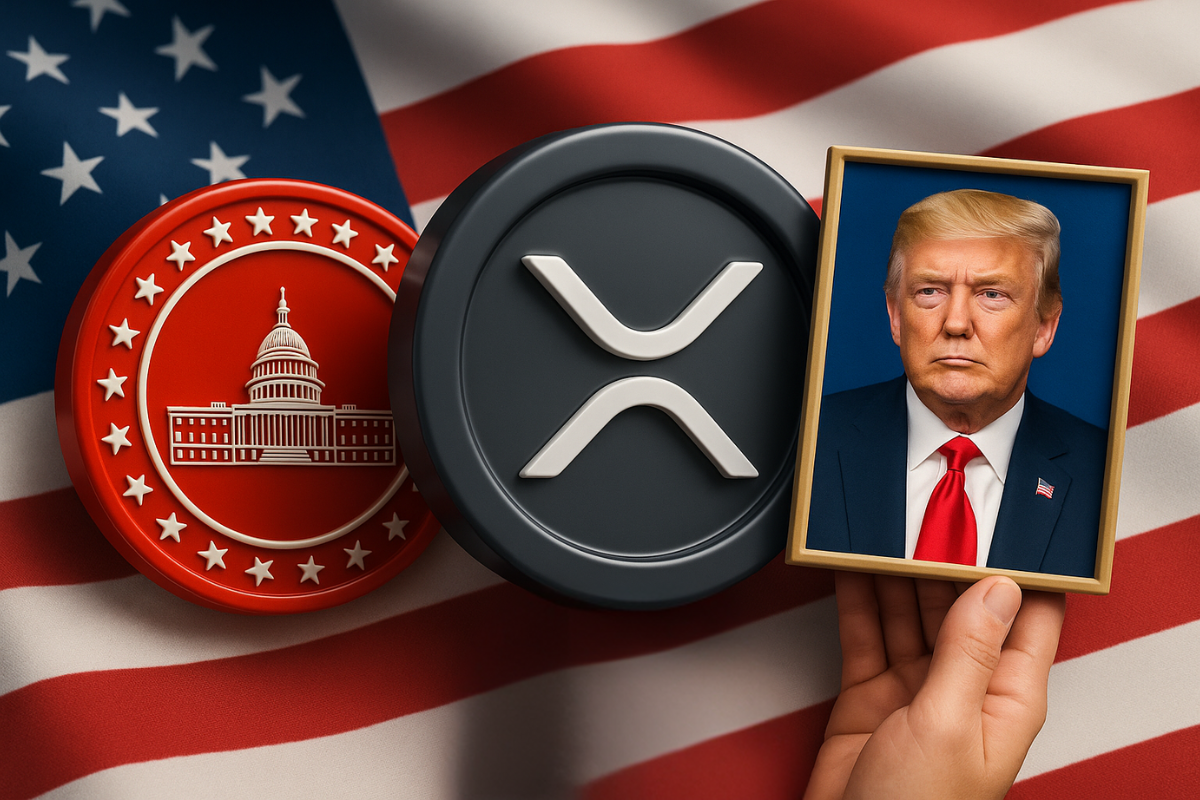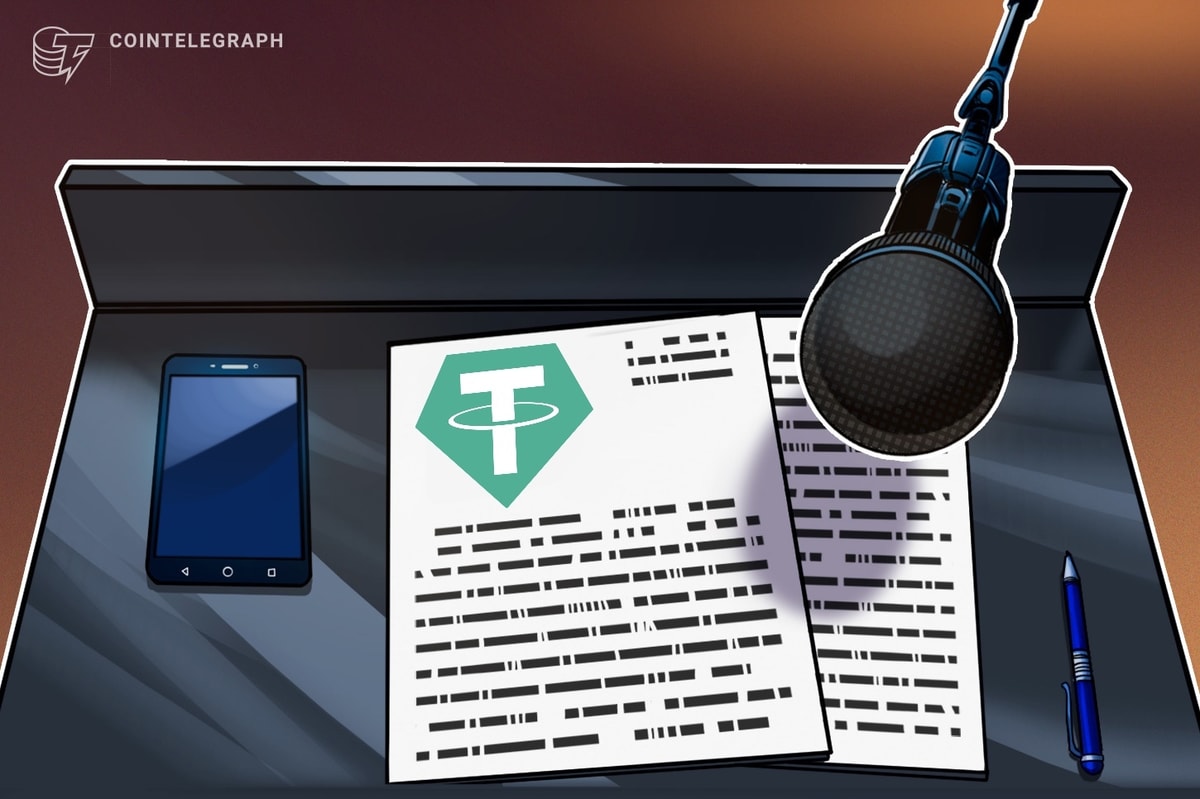Another exception is that non-American citizens can bring their foreign vehicle to the country temporarily without getting an American license plate, says Cao Yang, owner of CDM Import, a Los Angeles–based company that’s exploring the nascent market for Chinese vehicle imports. Cao has helped facilitate some newer and larger Chinese cars to be shipped to the US temporarily.
For a car to be brought into the US through this route, it has to leave the country within 12 months and cannot change hands in the duration. In addition, China has its own rules for exporting cars for personal use. Normally, it only allows a vehicle to leave the country for six months, and requires the owner to pay a hefty deposit. Accounting for shipping times, it means that this specific vehicle would usually only be able to stay in the US for about three months—making it only suitable for test drives for car enthusiasts rather than everyday use. But during that short time window, “you can drive around with a Chinese license plate. They will print out a certificate of temporary importation, which you just need to stick to the windshield,” Cao says.
The same rule applies to Mexican citizens coming to the US. And since Chinese EVs have become ubiquitous in Mexico, and many people living on the border regularly commute between the two countries, Cao says it’s become easy enough to spot a Chinese EV in Los Angeles these days. Cao claims to see Chinese brands such as BYD, MG, and Roewe several times a month, and usually driven by non-Chinese owners.
The last way is going through a car manufacturer, which is allowed to bring in foreign vehicles for research, road tests, display, and other purposes. Chinese companies like BYD, Li Auto, and NIO have operations in the US and could legally bring in their own vehicles, says Cao.
Vehicles imported this way have to bear manufacturer plates and can’t be sold to individuals. However, since such vehicles are allowed on public roads, some companies could allow their employees, or even influencers, to take them for a ride. Cao says BYD has a number of its Chinese models at the company’s Pasadena design center. “Several times I’ve seen their employees driving the cars home. I even saw [one] parked where I live,” he says.
In a similar vein, Ford’s CEO, Jim Farley, famously flew five Chinese EVs to Chicago last year and has been “driving them ever since,” according to his recent media interviews.
“As a normal course of business, all automakers globally buy competitive vehicles for benchmarking. When done, if the vehicle is purchased in the same country, it can be resold. Other vehicles, once benchmarking is completed, are disposed of,” Ford spokeperson Marty Gunsberg told WIRED. Have they been disposed of, we ask, or is he still driving them? “We have nothing to share on the status of these vehicles,” says Gunsberg.
Expensive Hobby
With so many restrictions in place, getting a car from China to the US is going to cost a lot more than their original price in the home market.
Weldon says while his company doesn’t import cars from China, a comparable price to import a car from Japan to the US is usually between $105 to $130 per cubic meter, which means an average car could cost somewhere between $1,000 to $2,500 in shipping alone. Then there’s the price to hire a customs agent to process it, register it at the local DOT, and pay an insurer that’s willing to take the uncommon vehicle (which is often harder than expected) before it can finally go on the road legally.

 5 months ago
57
5 months ago
57








 English (US) ·
English (US) ·